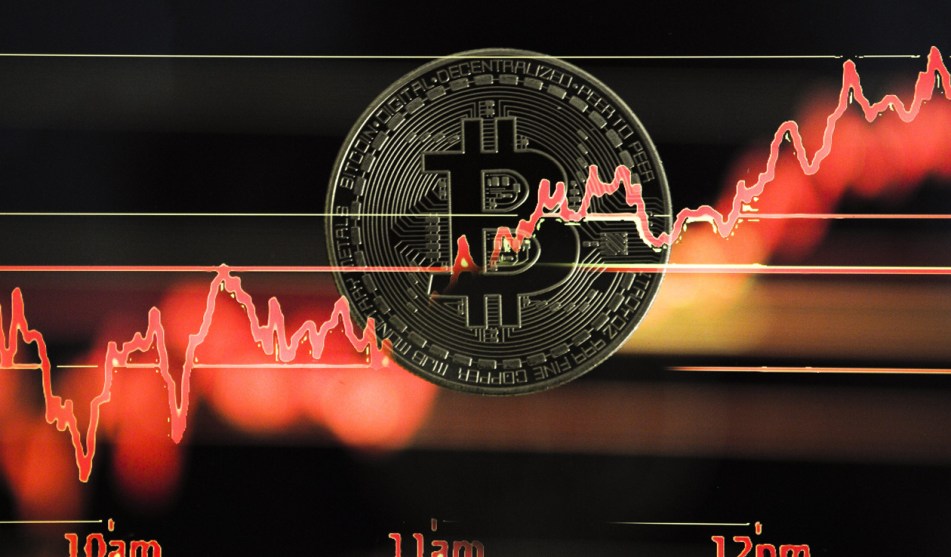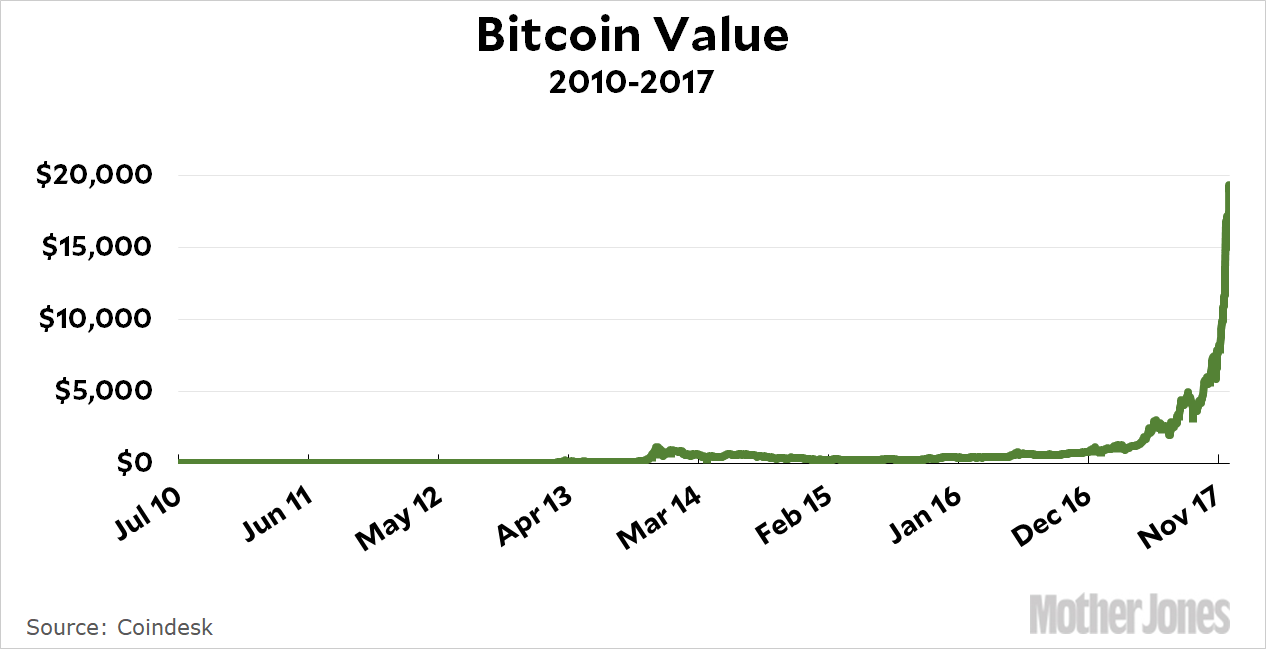
Jaap Arriens/NurPhoto via ZUMA
Is bitcoin a good replacement for money? This is a popular question these days, but it’s poorly framed. “Money” should be thought of more as an adjective than a noun. That is, certain things are more moneylike than others. A dollar bill, for example, is more moneylike than a Krugerrand, which in turn is more moneylike than a corporate bond.
So what are the attributes that make something useful as money? Here’s a non-exhaustive list:
- Not intrinsically useful¹
- Easily transportable
- Rare and not easy to counterfeit
- Widely accepted
- Liquid even during panics
- Can pay taxes with it
- Stable store of value
Bitcoin does well on the first three. However, it does poorly on the next four. It is not widely accepted. It has high transaction costs and hasn’t been tested during a financial crisis. No government accepts it for payment of taxes. And as its recent bubble-esque behavior demonstrates, it’s not especially stable:

Pay particular attention to #6 on the list of moneylike attributes. It’s often said that although the dollar is no longer backed by gold, it’s still a solid currency because it’s backed by the productive capacity of the United States and the integrity of the US government. And that’s true. Ultimately, though, it’s backed by the willingness of the US government to take dollars as payment of taxes. No matter how skeptical you may be of fiat money, you’ll still accept it if you know that, at the very least, you can pay your taxes with it. And if that’s true of you, it’s true of everyone else.
Unfortunately for Bitcoin, the first three items on this list are the least important. Old Masters fit the bill, for example. Ditto for meteorite fragments and dinosaur fossils. It’s the last four items that are really key attributes of money, and Bitcoin isn’t anywhere close to satisfying any of them.
For now, Bitcoin is just a commodity, like tulips or Tokyo real estate, and not even a very good one. At least tulips are pretty to look at. So if you feel like taking a flyer on it, go right ahead as long as you’re using money you can afford to lose. Just don’t do it because you think it’s going to replace dollars or euros anytime soon.
¹Chocolate, for example, would be a poor form of money because we would just eat it all. Ditto for salt, which has been a form of money in some civilizations—though not a very good one. The best money is something that has no particular value other than being money.

















